Back in the times of the Ottoman Empire, people would build elaborate miniature palaces for the birds. Found in the territory of today’s Turkey, the birdhouses were affixed to the outer walls of significant city structures, such as mosques, inns, bridges, libraries, schools and fountains.
Up until today, nearly every city in Turkey had some examples of this kind of fascinating bird architecture. The oldest one is a 16th-century bird palace that is attached the Büyükçekmece Bridge in Istanbul.
Not only did they provide the birdies with shelter, these structures also fulfilled a religious purpose – they were believed to grant good deeds to those who built them.
The bird houses adopted different names over the years, such as “kuş köşkü” (bird pavilions), “güvercinlik” (dovecots) and “serçe saray” (sparrow palace). Nevertheles, no matter how you call them, one thing is for sure – the mesmerizing pieces of architecture encouraged love for animals among the Turkish public, and was a win both for the city, and for the birds.
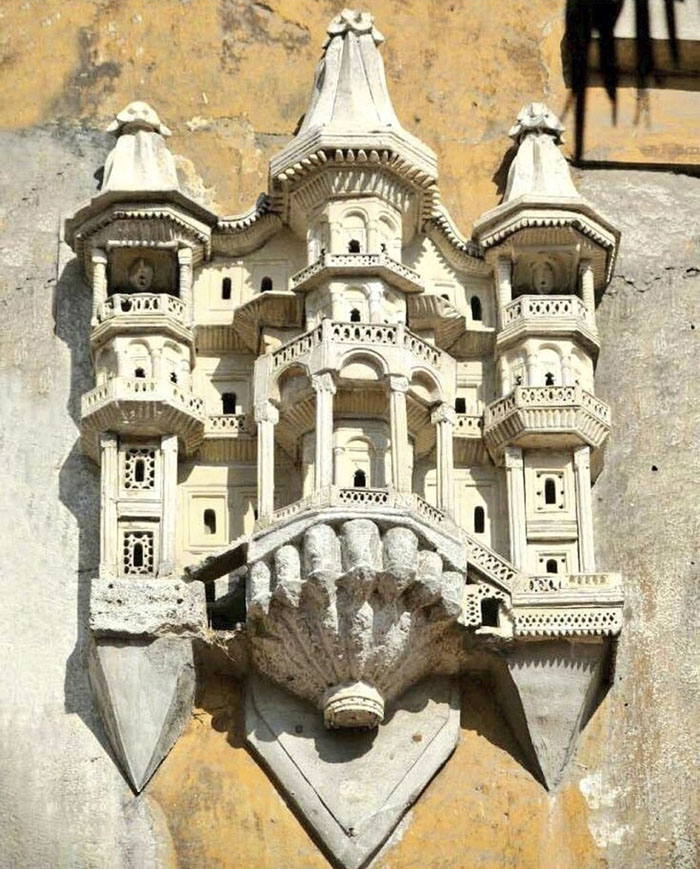
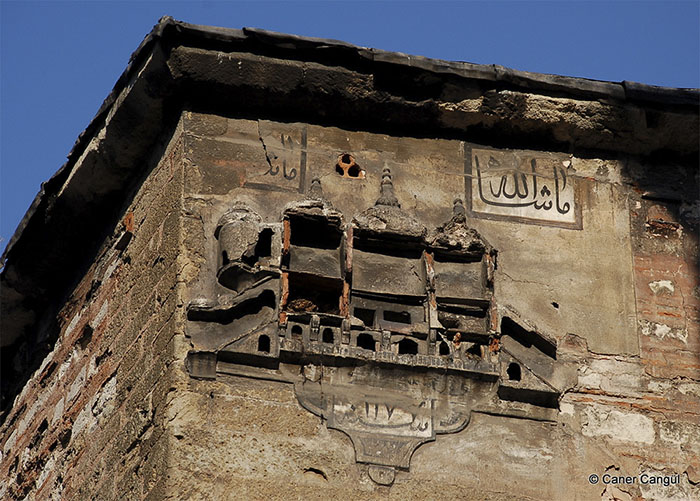
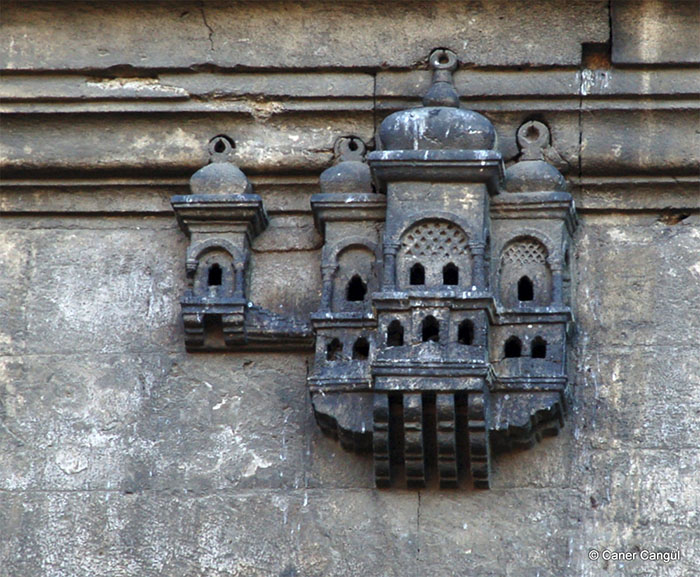
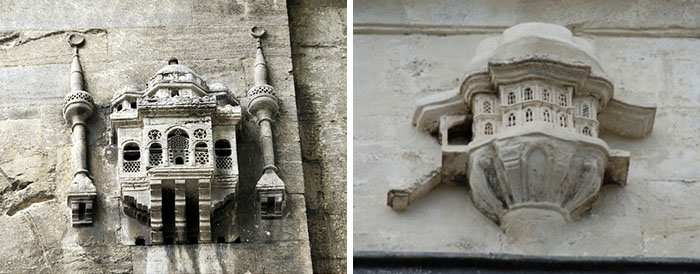

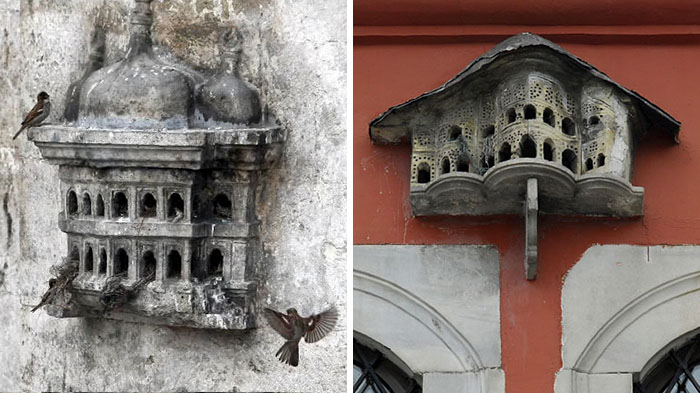
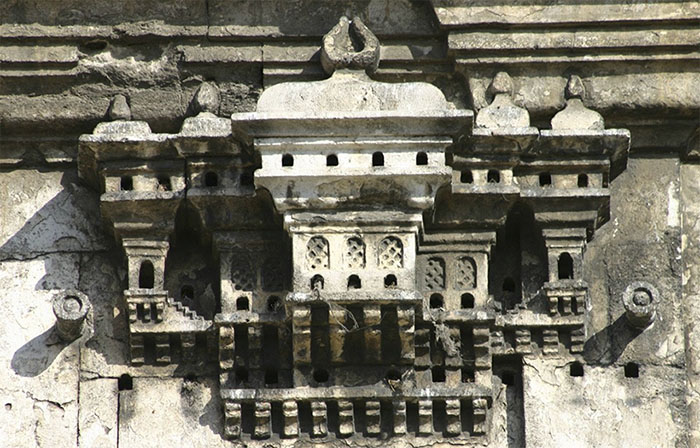
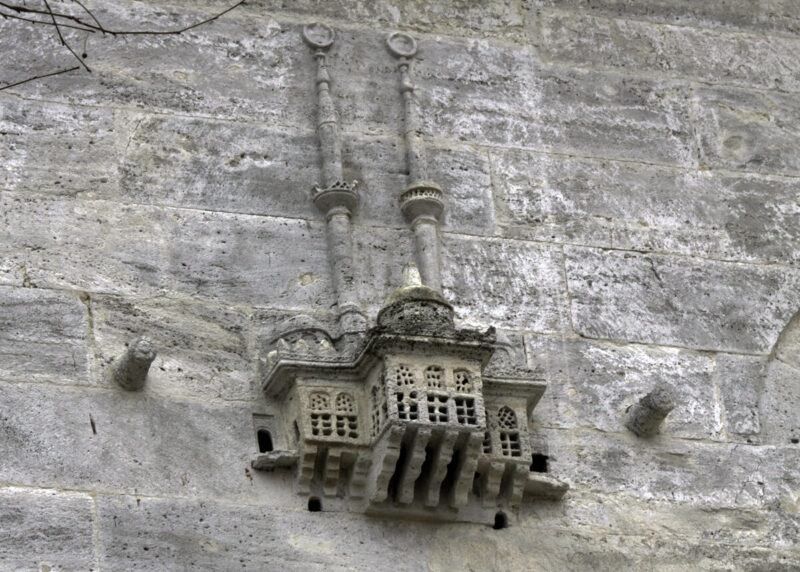
An important element of Ottoman architecture in Turkey was the addition of birdhouses affixed to the outer walls of significant city structures, a safe space for regular avian guests to nest outside of mosques, inns, bridges, libraries, schools, and fountains. The birdhouses were not simple concrete structures, but rather elaborate feats of miniature architecture that ranged from one-story homes to multiple-story bird mansions. Each was designed with a similar design aesthetic to the country’s larger buildings, simultaneously providing shelter to sparrows, swallows, and pigeons while preventing bird droppings from corroding the walls of the surrounding architecture.
In addition to providing shelter, the birdhouses fulfilled a religious vision. They were thought to grant good deeds to those that built the tiny homes. Through their abundance and care, the structures encouraged a love of animals in the Turkish public, citizens who adopted several nicknames for the homes over the years including “kuş köşkü” (bird pavilions), “güvercinlik” (dovecots) and “serçe saray” (sparrow palace).
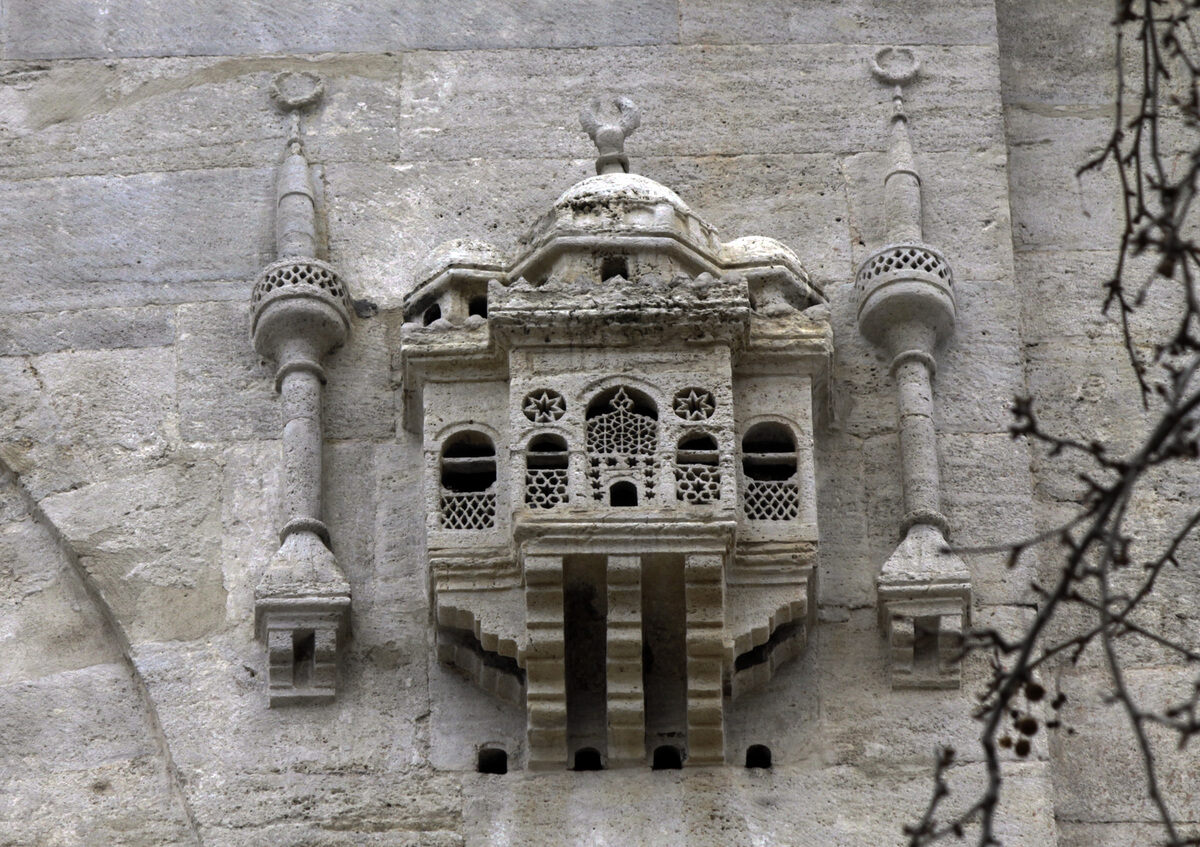
Only some of these bird mansions remain today, however their place is firmly rooted in Turkish history. Nearly every city in the country contains examples of the bird homes, the oldest example, a 16th-century house attached to the Büyükçekmece Bridge, still surviving in Istanbul.
boredpanda.com/Balkantimes.press
Napomena o autorskim pravima: Dozvoljeno preuzimanje sadržaja isključivo uz navođenje linka prema stranici našeg portala sa koje je sadržaj preuzet. Stavovi izraženi u ovom tekstu autorovi su i ne odražavaju nužno uredničku politiku The Balkantimes Press.
Copyright Notice: It is allowed to download the content only by providing a link to the page of our portal from which the content was downloaded. The views expressed in this text are those of the authors and do not necessarily reflect the editorial policies of The Balkantimes Press.

